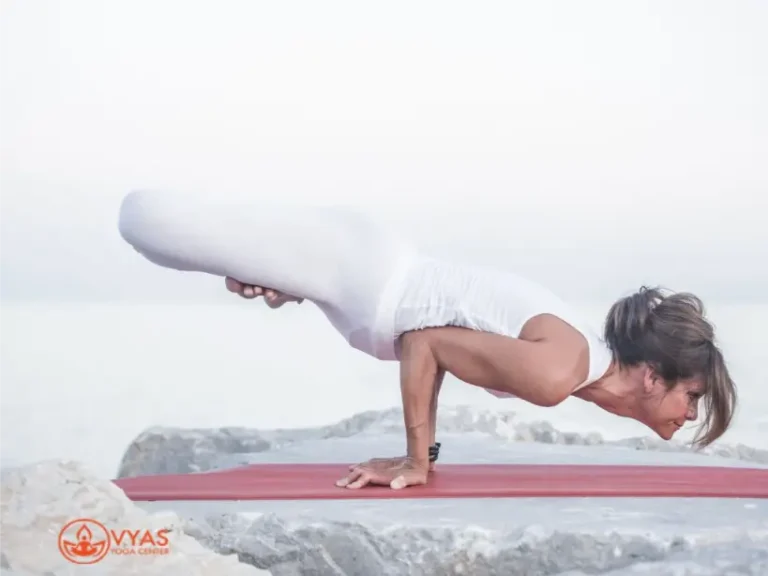
Mastering Mayurasana: Your Comprehensive Guide to the Peacock Pose
Table of Contents
Mayurasana, or the Peacock Pose, is a revered asana in the practice of yoga, known for its numerous physical and mental benefits. Derived from the Sanskrit words “mayura” meaning peacock and “asana” meaning pose, this challenging posture requires strength, balance, and focus. In this guide, we’ll delve into the intricacies of Mayurasana, exploring its steps, benefits, precautions, and variations to help you master this powerful yoga pose.
1. Understanding Mayurasana:

- Explaining the foundation of Mayurasana as a balancing posture that resembles a peacock spreading its feathers.
Highlighting the engagement of core muscles, arm strength, and balance required to perform the pose effectively.
Emphasizing the importance of proper alignment and breath control in achieving stability and ease in Mayurasana.
2. Steps to Practice Mayurasana:

- Begin in a kneeling position on your mat, with your knees hip-width apart and your toes tucked under.
- Place your palms flat on the mat, shoulder-width apart, fingers pointing towards your feet.
- Engage your core muscles and lift your knees off the mat, straightening your legs until your body forms a straight line from head to heels.
- Slowly lean forward, shifting your weight onto your hands while keeping your elbows close to your body.
- Engage your abdominal muscles and lift your feet off the mat, bringing your legs together and extending them behind you.
- Hold the pose for a few breaths, maintaining a strong and stable core, before gently lowering back to the starting position.
3. Benefits of Mayurasana:

- Strengthens the core muscles, including the abdominal muscles, lower back, and pelvic floor.
- Improves digestion and detoxification by stimulating the digestive organs and promoting peristalsis.
- Enhances balance, focus, and mental concentration through the coordination of breath and movement.
- Tones the arms, shoulders, and chest muscles, improving upper body strength and posture.
- Stimulates the Manipura Chakra, associated with willpower, self-confidence, and inner strength.
4. Precautions and Modifications:

- Avoid practicing Mayurasana if you have wrist, elbow, or shoulder injuries, or if you are pregnant.
Start with preparatory exercises to build arm and core strength before attempting the full pose.
Use props such as blocks or blankets to support your forearms and wrists if needed.
Listen to your body and honor its limitations, avoiding pushing yourself beyond your comfort zone.
Conclusion:
Mayurasana offers a transformative journey of strength, balance, and self-awareness on the yoga mat. By incorporating the steps, benefits, precautions, and modifications outlined in this guide, you can approach the practice of Peacock Pose with confidence and mindfulness. Whether you’re a seasoned practitioner or a beginner exploring new horizons in yoga, Mayurasana invites you to spread your wings and embrace the beauty of inner strength and grace.